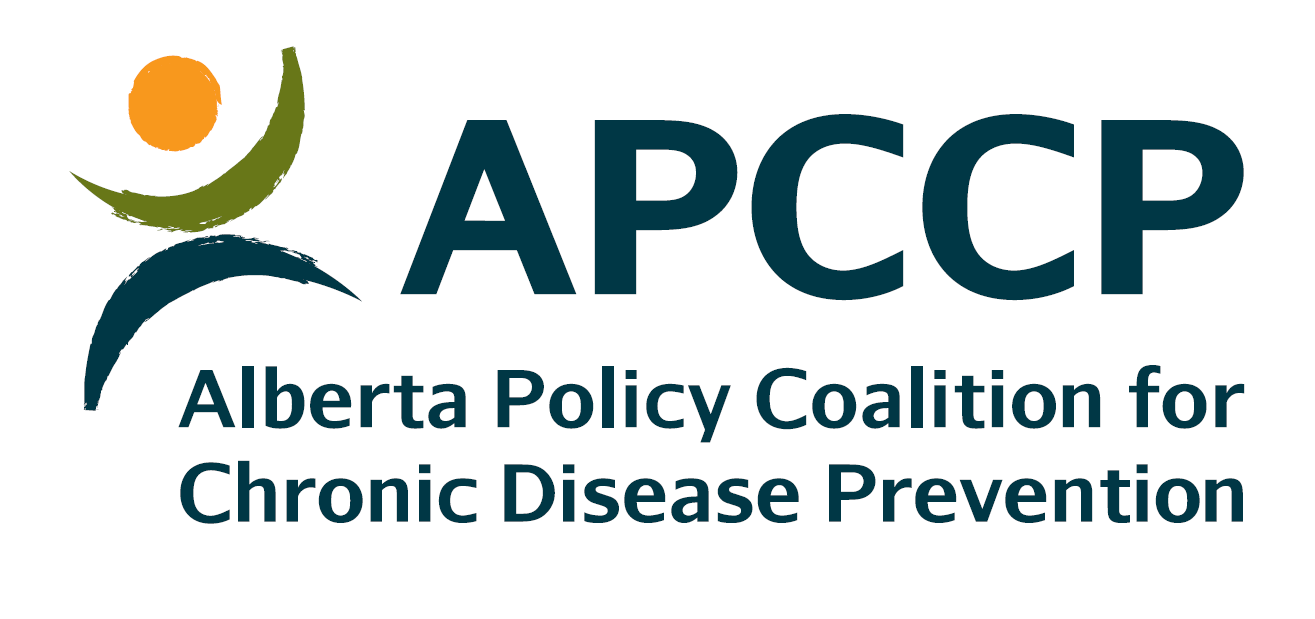Overview of the e-Course
Course Content
Introduction
Children and families are more likely to eat healthier foods when they are available, affordable and promoted. Did you know that “the community nutrition environment, defined as the number, type, location, and accessibility of food stores” (Glanz, et al., 2007), also influences individuals’ food choices for better or for worse?
Living in a community with predominantly unhealthy food stores, such as fast food outlets and convenience stores, has been shown to negatively impact children’s health. See Alberta’s 2021 Nutrition Report Card on Food Environments for Children and Youth for further information.
Learning Objectives
- Become familiar with benchmarking food environments by watching the Overview of Benchmarking Food Environments video by Dr. Kim Raine.
If you are interested in giving kids the best start for a long, healthy life, we encourage you to benchmark food environments in your community, the menu on the left outlines the seven steps/learning modules to develop your own Community Nutrition Report Card.
Acknowledgements
- Impact of Benchmarking Food Environments on Policies and Actions to Promote Healthy Eating for Reducing Cancer Risk. Drs. Raine, Nykiforuk, Maximova, & Olstad.
- Funded by Alberta Innovates
- Learning Module Content developed by: Breanne Aylward, Kally Cheung, Krista Milford, and Kim Raine
- App development by: Foremost Digital
- E-learning developed by: Artifact Design Lab



